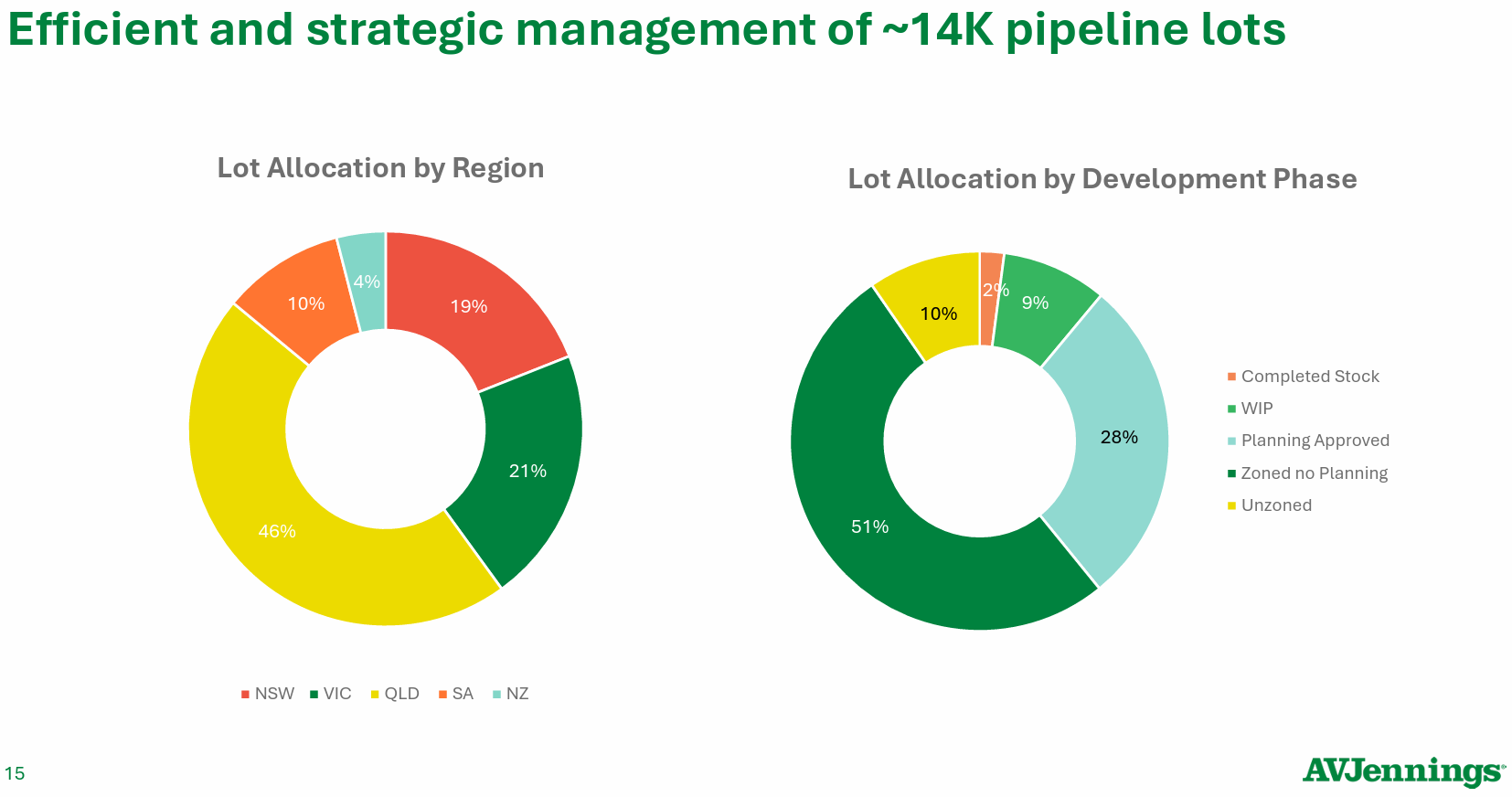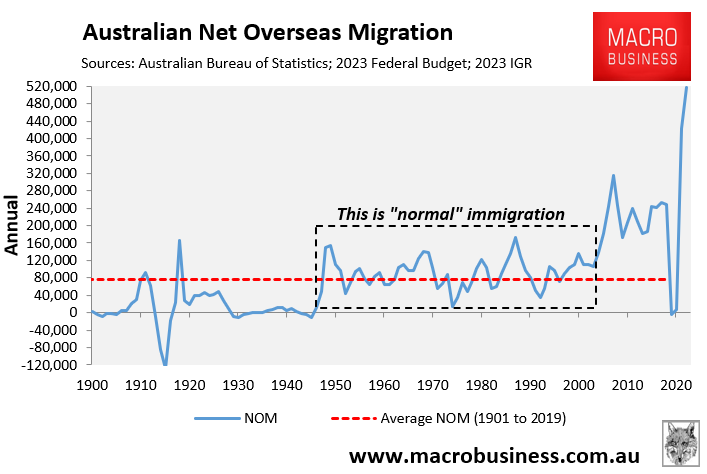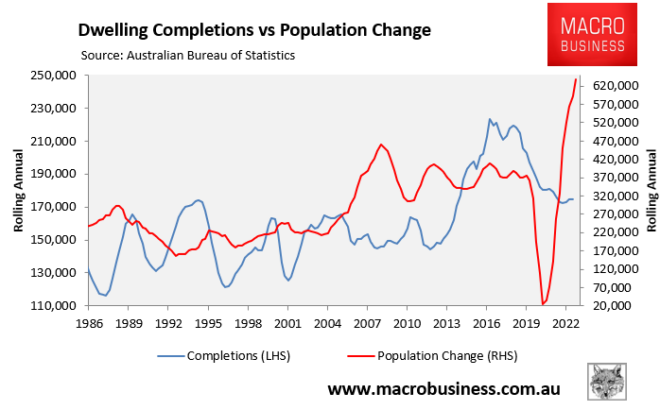The YIMBY movement claims that if Australia simply relaxed zoning and planning rules and let developers build apartments wherever they wanted, Australia’s housing crisis would magically resolve.
Their argument was demolished by an article published this month in the Daily Telegraph, which reported that “almost one billion dollars worth of housing in one of Sydney’s most affordable local government areas is yet to be built despite the DAs being approved up to five years ago”:
“The dead zones, also known as “zombie DAs,” are located in Liverpool, one of the most affordable local government areas in Sydney.”.
“Each has been approved for a residential flat development, including one for a 25-story complex worth more than $40 million that was lodged in 2016.”.
“The DAs represent potential homes for an estimated 1600 families but are yet to be activated, with construction and labour costs, rising interest rates, and government taxes blamed for the delays.”
Liverpool Mayor Ned Mannoun said it was taking between five and seven years from DA approval to a “key in the door.”.
AV Jennings on Monday released its 1H 2024 investor presentation, which showed that settlements fell 35% to around 275 lots:

This is despite the fact that AV Jennings has strategically chosen to hold around 14,000 pipeline lots, of which nearly 4,000 (28%) have planning approval and over 7,000 (51%) are zoned with no planning approval.

Thus, AV Jennings has chosen to land bank lots, many with planning approval, in a bid to drip feed supply and keep prices high.
Cameron Murray, author of the new book The Great Housing Hijack, noted the contradiction, as did Cameron Kusher from PropTrack:

Relaxing planning won’t stop this type of behaviour. Therefore, it won’t ‘solve’ Australia’s housing shortage.
The New Daily’s Michael Pascoe hit the nail on the head with the below comment:
“There actually is a large stock of potential housing already approved, but those planning approvals are being sat on by developers awaiting the most profitable moment to start building.”
“Not only is the planning and approval process not to blame for the shortage of dwellings, it is running ahead of developers willing and/or able to build.”.
Tens of thousands of homes across Australia that were approved for construction are withering on the vine because builders either cannot or choose not to proceed.
Therefore, eliminating planning restrictions as the YIMBY movement advocates won’t magically solve the “supply” problem.
We must also recognise that flooding the housing market with new supply is not in developers’ best interests because it affects profitability, as demonstrated by AV Jennings above.
Developers are often better off financially to drip-feed supply to maintain high prices and higher margins.
Developers profit handsomely from the housing shortage, and this will continue until governments decide to regulate or tax land release to force development and sale.
Short of requiring developers to provide homes, the only certain way to increase housing supply is for governments to generate new housing stock directly through public housing programs. However, doing so is very expensive.
A lower-cost, speedier, and more sustainable option is to reduce net overseas migration to historical levels of less than 120,000 per year.

If policymakers actually want to address the nation’s housing shortage, net overseas migration must be reduced to a level below the country’s ability to build both housing and infrastructure.
Otherwise, population demand will forever exceed supply.


